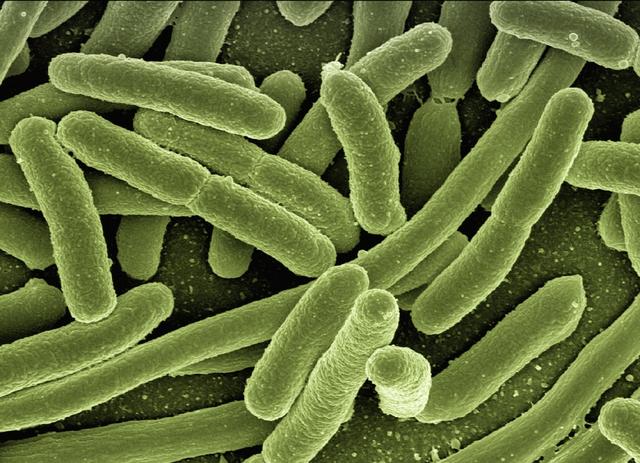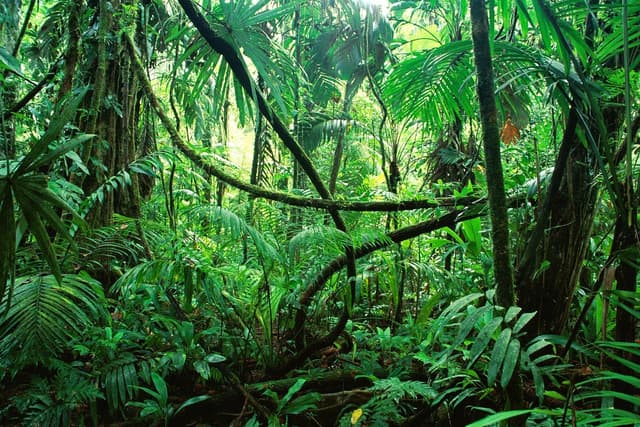- Year 8
Plants are adapted for their environment
I can describe how some plants are adapted to help them survive, and how environmental conditions affect plant biodiversity positively and negatively.
- Year 8
Plants are adapted for their environment
I can describe how some plants are adapted to help them survive, and how environmental conditions affect plant biodiversity positively and negatively.
These resources will be removed by end of Summer Term 2025.
Switch to our new teaching resources now - designed by teachers and leading subject experts, and tested in classrooms.
These resources were created for remote use during the pandemic and are not designed for classroom teaching.
Lesson details
Key learning points
- Biodiversity is a measure of the range of living organisms.
- Living organisms, including plants, have adaptations that help them to survive in their environment.
- Examples of physical plant adaptations include shallow or deep roots, and the presence of spines to deter consumers.
- Plants can also have behavioural adaptations such as growing towards light.
- Changes to the environment can affect plant biodiversity.
Keywords
Biodiversity - Biodiversity is the range of different living species that live in a place.
Adaptation - An adaptation is a feature that organisms have to help them live in a particular place.
Extinction - Extinction is the permanent loss of a species.
Conservation - Conservation is the process of protecting biodiversity and the environment.
Common misconception
Pupils often believe that biodiversity is the number of organisms that live in a place, rather than the number of different species that live in a place.
There is extensive coverage in the lesson around biodiversity being the range of species that are found in an area.
To help you plan your year 8 science lesson on: Plants are adapted for their environment, download all teaching resources for free and adapt to suit your pupils' needs...
To help you plan your year 8 science lesson on: Plants are adapted for their environment, download all teaching resources for free and adapt to suit your pupils' needs.
The starter quiz will activate and check your pupils' prior knowledge, with versions available both with and without answers in PDF format.
We use learning cycles to break down learning into key concepts or ideas linked to the learning outcome. Each learning cycle features explanations with checks for understanding and practice tasks with feedback. All of this is found in our slide decks, ready for you to download and edit. The practice tasks are also available as printable worksheets and some lessons have additional materials with extra material you might need for teaching the lesson.
The assessment exit quiz will test your pupils' understanding of the key learning points.
Our video is a tool for planning, showing how other teachers might teach the lesson, offering helpful tips, modelled explanations and inspiration for your own delivery in the classroom. Plus, you can set it as homework or revision for pupils and keep their learning on track by sharing an online pupil version of this lesson.
Explore more key stage 3 science lessons from the Biodiversity unit, dive into the full secondary science curriculum, or learn more about lesson planning.

Licence
Prior knowledge starter quiz
6 Questions
Q1.What is a habitat?
Q2.Match the word to its meaning.
All the living things in an environment.
All the non-living things in an environment.
Q3.What do plants need to survive?
Q4.Which of these features are abiotic?




Q5. is the process of protecting biodiversity and the environment.
Q6.Why is biodiversity important?
Assessment exit quiz
6 Questions
Q1.What is biodiversity?

Q2.True or False? Adaptations are physical features

Q3.Match the plant adaptation to its benefit for the plants survival.
to prevent water loss and wilting
to gain water
to stop them being eaten
to obtain light for photosynthesis


